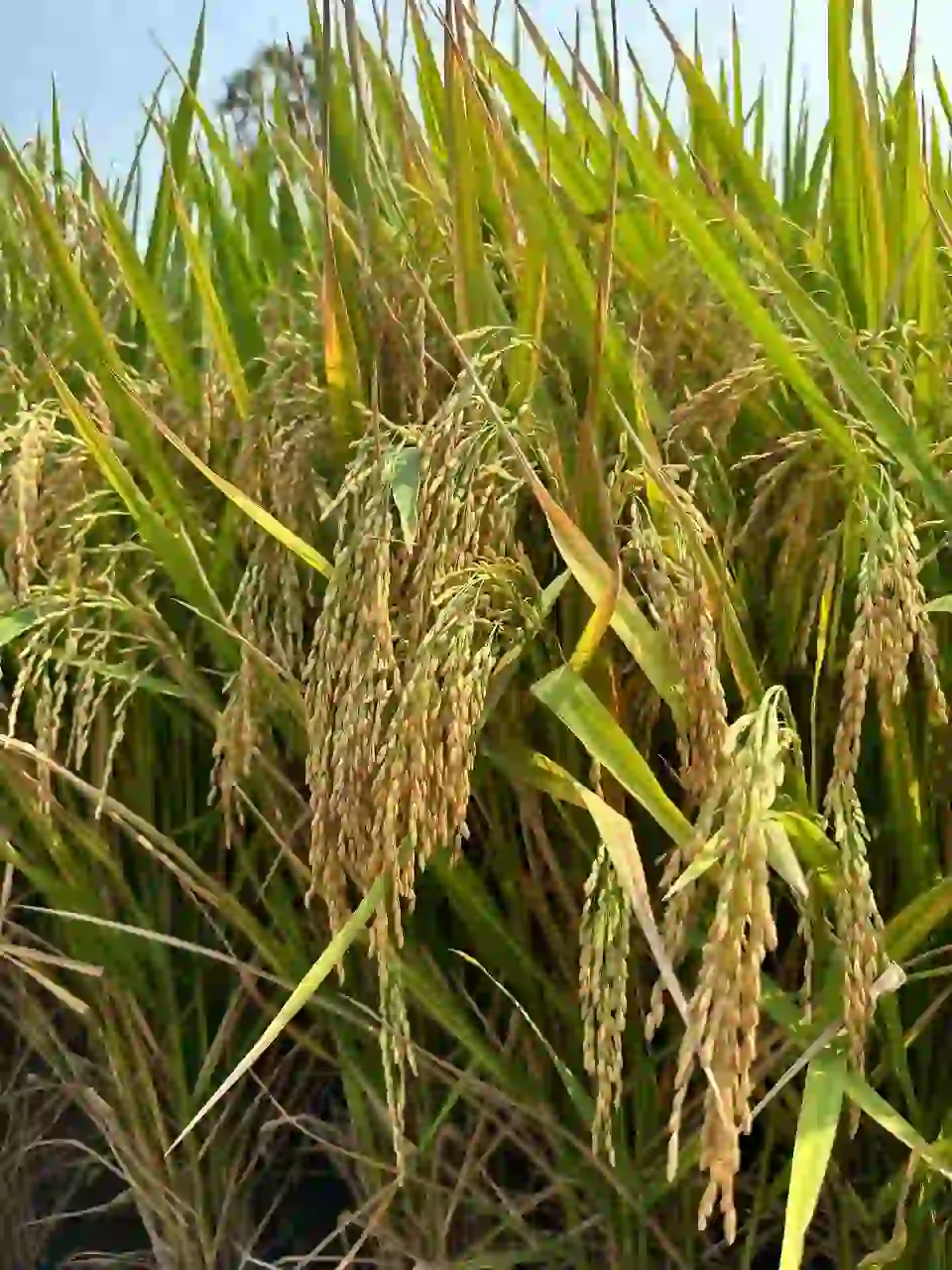High-Yielding Paddy Variety for Sustainable Farming
DHANALAXMI I-656 is a premium paddy variety designed to meet
the growing demands of modern farming. With its high yield,
disease resistance, and suitability for rainfed and upland
irrigated areas, this variety promises to be a valuable
asset for farmers seeking both quality and productivity.
Whether you're farming in rainfed areas or using irrigation,
DHANALAXMI I-656 is a reliable choice that ensures a robust
and healthy crop.
Challenges & Solutions
Farmers face numerous challenges while cultivating paddy,
and DHANALAXMI I-656 is here to provide effective solutions.
With its superior qualities, this variety is designed to
enhance crop health and boost yield. Below are some common
challenges faced by farmers and how our seed variety helps
solve them:
Challenges
Conventional varieties often fail to address key
concerns such as:
Solutions
DHANALAXMI I-656 offers these effective solutions to
paddy farmers:
-
High Disease Resistance
-
High Yield in Adverse Conditions
-
Ideal for Rainfed & Irrigated Areas
-
Low Maintenance, Maximum Profitability
Performance and Profitability
Yield Potential (Kg/Ha):
DHANALAXMI I-656 regularly exceeds 5000+ kg/ha,
outperforming other varieties in terms of yield and
productivity.
Adoption Rate:
Farmers nationwide have swiftly adopted DHANALAXMI I-656 due
to its exceptional disease resistance and high yield. Its
success across diverse regions highlights its adaptability
and reliability.
Farm Profitability:
The high yield and low input requirements of DHANALAXMI
I-656 lead to greater profitability for farmers. With
reduced expenditure on fertilizers and pesticides, farmers
see higher returns on their investment.
Market Demand:
There is an increasing demand for disease-resistant,
high-yielding varieties like DHANALAXMI I-656, both
domestically and internationally. This variety’s quality and
consistent performance have made it a preferred choice among
farmers and grain buyers.










